The VR landscape is heating up with two fundamentally different approaches to immersive computing. Apple's recently updated Vision Pro M5, powered by advanced silicon and announced in October, represents the pinnacle of spatial computing technology. Meanwhile, Valve's upcoming Steam Frame, scheduled to launch in early 2026, promises to revolutionize VR gaming with full Steam library compatibility. These devices aren't just competing on specs—they're defining entirely different visions for the future of immersive technology.
Technical powerhouses with different philosophies
When it comes to raw processing capability, both headsets pack serious hardware muscle. The Vision Pro M5 utilizes Apple's latest M5 chip with 16GB of RAM, delivering the kind of performance typically reserved for high-end laptops. Storage options are generous too, with configurations available in 256GB, 512GB, and 1TB. The Steam Frame takes a different approach, featuring a 4nm Snapdragon 8 Gen 3 processor with ARM64 architecture paired with 16GB of unified LPDDR5X RAM.
The philosophical differences become clear in their expansion strategies. While Apple maintains its traditional closed ecosystem approach, Valve is betting on future-proofed modularity. The Steam Frame includes a user accessible front expansion port that signals Valve's commitment to evolving VR capabilities over time. This forward-thinking approach extends to storage flexibility, where the Steam Frame offers storage options of 256GB and 1TB UFS with a microSD card slot, addressing the content storage needs of serious PC gamers.
According to Digital Foundry, the Snapdragon 8 Gen 3 chipset delivers more than double the performance compared to the Quest 3's processor. This performance leap enables the Steam Frame to handle demanding PC VR titles that previously required tethered connections, potentially eliminating one of the biggest barriers to mainstream VR adoption.
Display technology: Clarity meets immersion
The visual experience reveals each device's core mission. Apple's Vision Pro M5 dominates with an impressive resolution of 3,660 × 3,200 per eye, prioritizing pixel density that enables genuinely productive text work and detailed interface interactions. The device supports multiple refresh rates of 90Hz, 96Hz, 100Hz, and 120Hz, optimizing for different content types. However, the field of view measures approximately 100 degrees, reflecting Apple's focus on sharp central vision over peripheral immersion.
Steam Frame optimizes for gaming scenarios with 2160 x 2160 pixels per eye delivered through fast-switching LCD panels. The gaming advantage emerges in its refresh rate range of 72-144Hz, with 144Hz being experimental, enabling ultra-smooth competitive gaming experiences. The field of view reaches up to 110 degrees, creating the wider peripheral awareness that enhances gaming immersion.
Both devices leverage eye tracking strategically. Steam Frame includes eyetracking that powers foveated rendering and foveated streaming. This intelligent optimization allows the headset to maintain visual quality where users are looking while reducing processing demands in peripheral areas, enabling more demanding games to run smoothly on mobile hardware.
Gaming capabilities: Ecosystem vs. compatibility
The gaming approaches couldn't be more different. The Vision Pro M5 operates within Apple's controlled ecosystem, limiting gaming to titles specifically designed for visionOS. While this ensures quality and optimization, it means users are restricted to a curated library that prioritizes spatial computing experiences over traditional gaming genres.
Steam Frame's ambitious promise changes the entire VR gaming equation: compatibility with the entire Steam library. This is achieved through a new translation layer that ports native PC code to the ARM64 platform, potentially opening thousands of existing PC games to VR experiences. Instead of waiting for developers to port games specifically for VR, users could access their existing libraries immediately.
The Steam Frame's ecosystem integration runs deeper, featuring compatibility with other Steam hardware including Steam Machine, Deck, and controller. This creates a unified gaming platform where your progression, friends, and content library seamlessly transition across devices. The wireless connectivity solution addresses a critical pain point: the device supports a dedicated wireless streaming dongle that transmits a WiFi 6E video stream via the 6GHz spectrum from a PC to the headset, delivering the fidelity of PC VR without cable constraints.
Mixed reality approaches: Spatial computing vs. pure VR
The mixed reality capabilities represent fundamentally different design philosophies. Apple's Vision Pro M5 excels at spatial computing, seamlessly blending digital content with real environments through advanced passthrough technology and precise environmental understanding. This enables productive workflows where virtual windows coexist with physical workspaces, and digital objects interact naturally with real surfaces.
Steam Frame positions itself as a pure virtual reality headset, featuring only monochrome passthrough cameras for basic safety and room setup. This focused approach prioritizes immersive VR experiences over mixed reality functionality. However, that user accessible front expansion port suggests Valve is positioning for future capabilities while maintaining current focus on gaming excellence.
Battery performance aligns with each device's intended usage patterns. The Vision Pro M5 provides up to 2.5 hours of general use and up to 3 hours of video playback, suitable for productivity sessions and media consumption. Steam Frame's 21.6Wh battery delivers approximately 1-4 hours of gameplay depending on settings and frame rates. The wide range reflects the performance trade-offs gamers can make—longer sessions with moderate settings, or maximum fidelity for shorter intense gaming periods.
Pricing and market positioning: Premium vs. accessible innovation
The pricing strategies reveal each company's market vision and target adoption patterns. Apple's Vision Pro M5 maintains its premium positioning at $3,499, targeting professionals, creative industries, and technology early adopters who view spatial computing as a productivity investment. This pricing reflects not just premium hardware, but Apple's strategy of establishing spatial computing as a professional tool category before expanding to consumer markets.
Valve's approach targets a different inflection point. While official pricing remains unannounced, reports suggest the company aims for it to be under $1,000. This positioning would place the Steam Frame as a premium gaming headset that's accessible to dedicated PC gaming enthusiasts, potentially disrupting the current VR market hierarchy dominated by entry-level devices like the Meta Quest 3 at $499.99.
The Steam Frame represents years of iteration, moving past the learnings from their 2019 Valve Index system. This patient development approach allows Valve to incorporate hard-won insights from their previous VR efforts, potentially delivering a more refined experience that justifies premium pricing through superior gaming performance and ecosystem integration.
The future of immersive computing: Two paths forward
These headsets represent competing philosophies for immersive technology's evolution. The Vision Pro M5 continues Apple's march toward seamless spatial computing, where digital and physical worlds blend so naturally that the technology becomes invisible. This vision sees immersive computing transforming how we work, create, and consume media by making digital content a natural extension of physical spaces.
Steam Frame's focus on gaming compatibility and performance optimization pursues a different transformation—making VR gaming as accessible and diverse as traditional PC gaming. By removing the barriers between existing game libraries and VR experiences, Valve is betting that content accessibility, not just content quality, will drive VR adoption.
With Steam Frame set to launch in early 2026, the competition between these approaches will intensify, driving innovation in both spatial computing interfaces and VR gaming performance. As these technologies mature and potentially converge, consumers may eventually benefit from devices that combine Apple's spatial computing sophistication with Valve's gaming library depth.
The choice between these devices isn't just about specs—it's about choosing your preferred future for immersive computing. Do you envision a world where digital productivity seamlessly blends with physical spaces, or where immersive gaming reaches the accessibility and diversity of traditional PC platforms? Both paths forward offer compelling visions for how immersive technology might reshape our digital experiences.




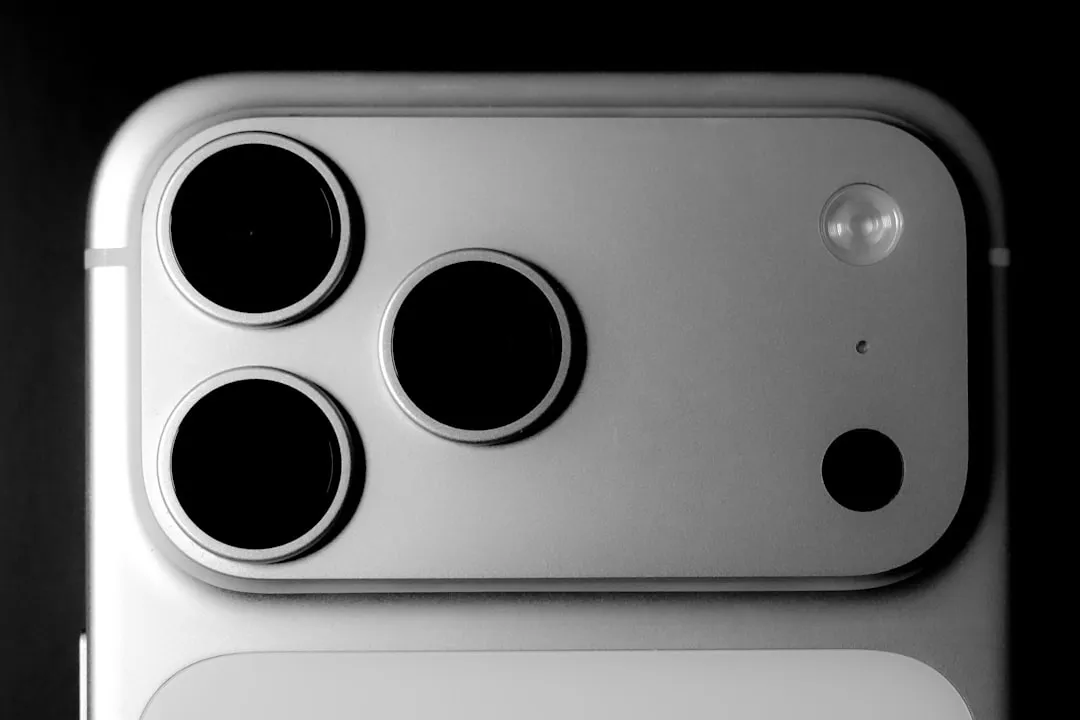









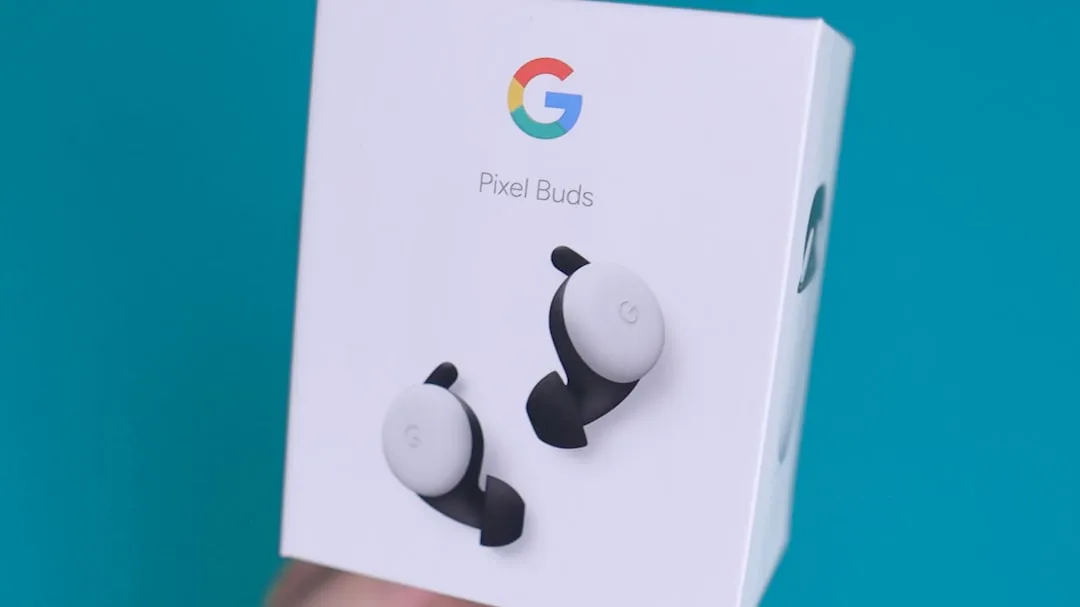


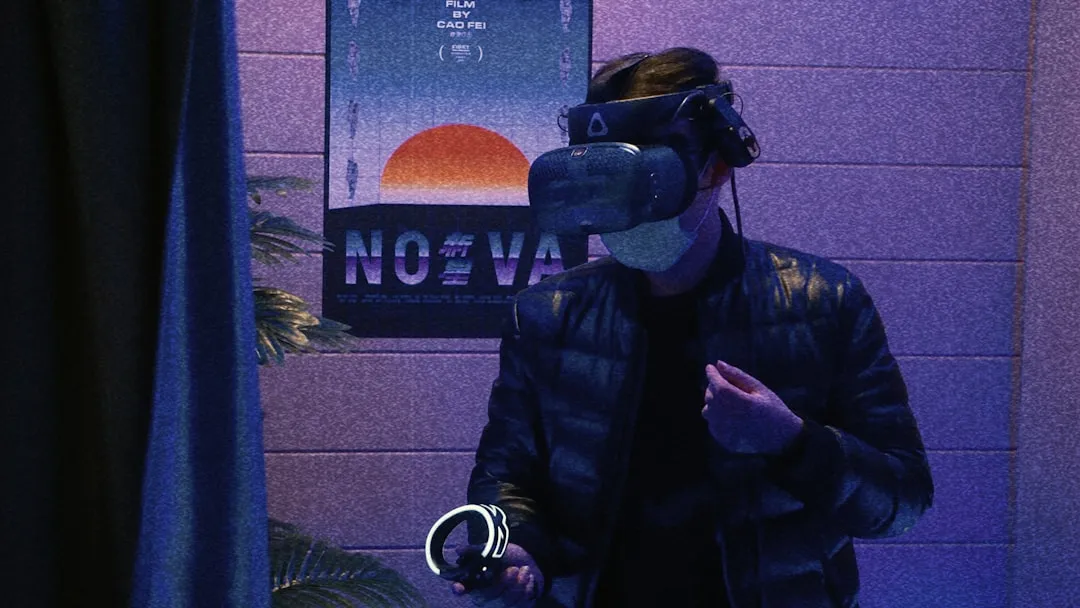
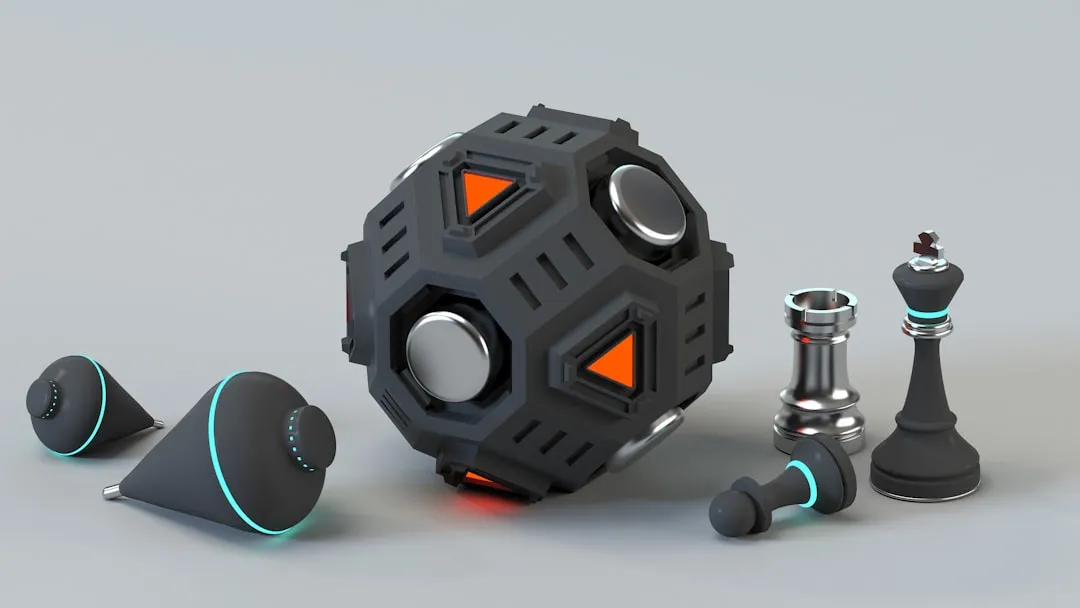
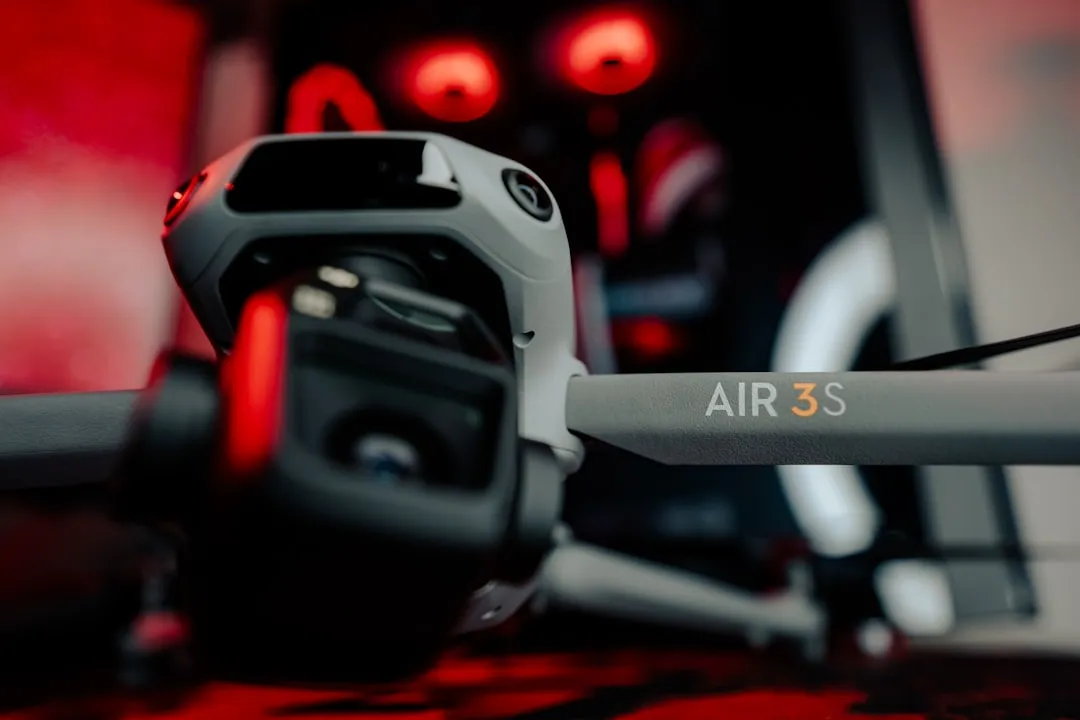

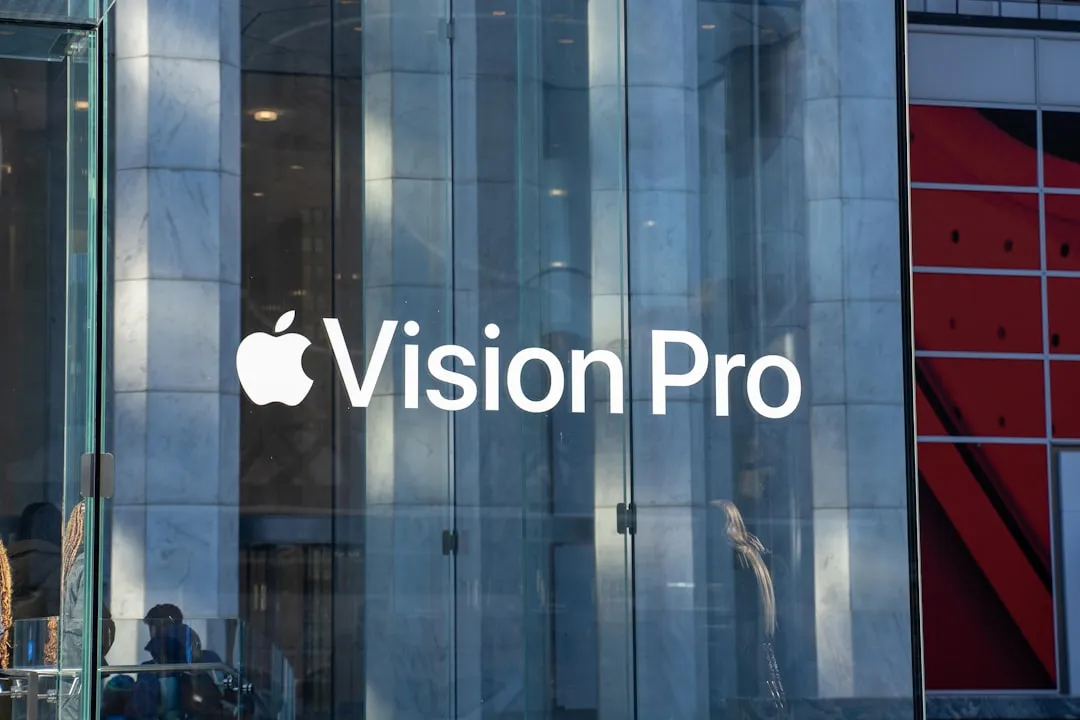

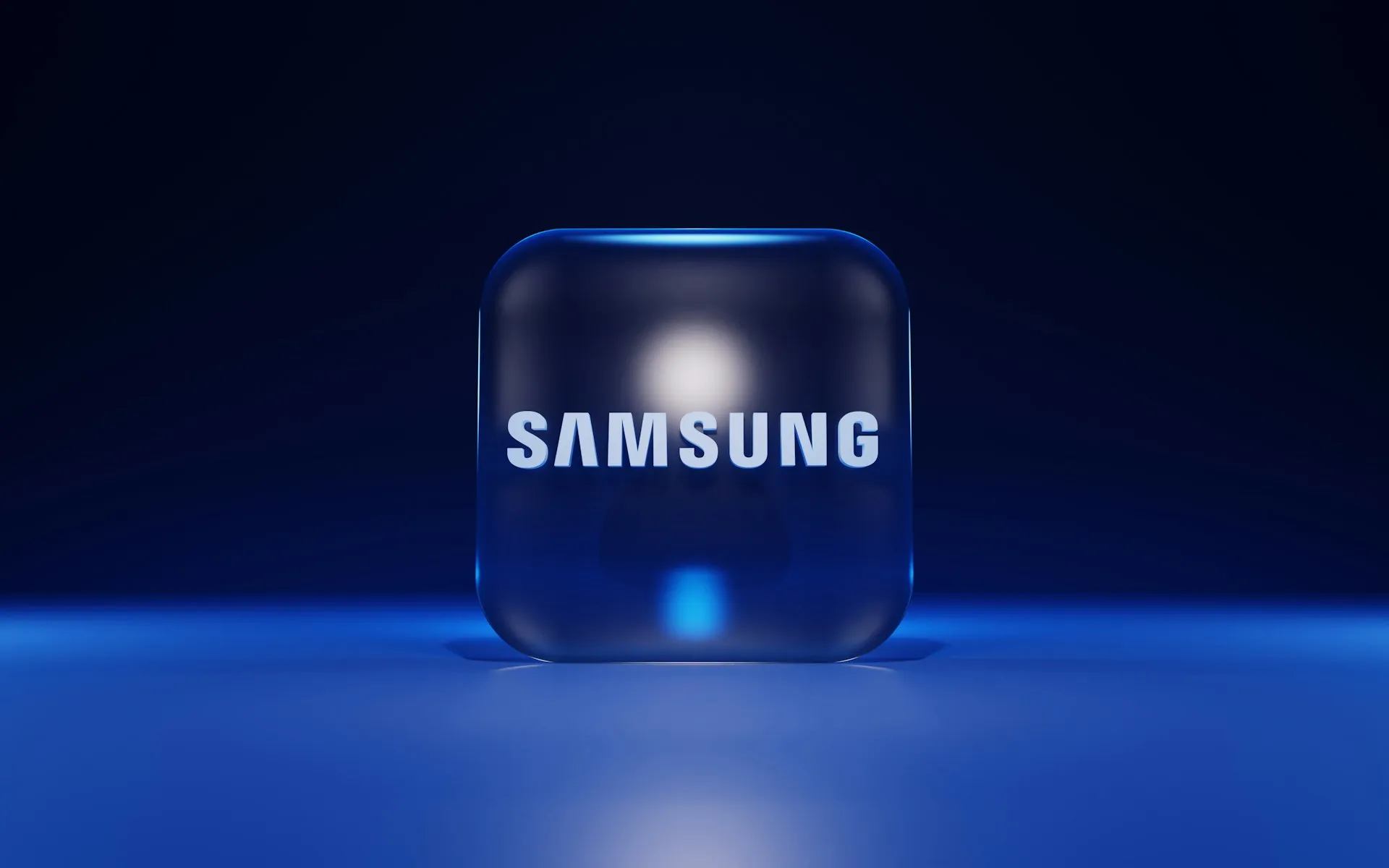
Comments
Be the first, drop a comment!